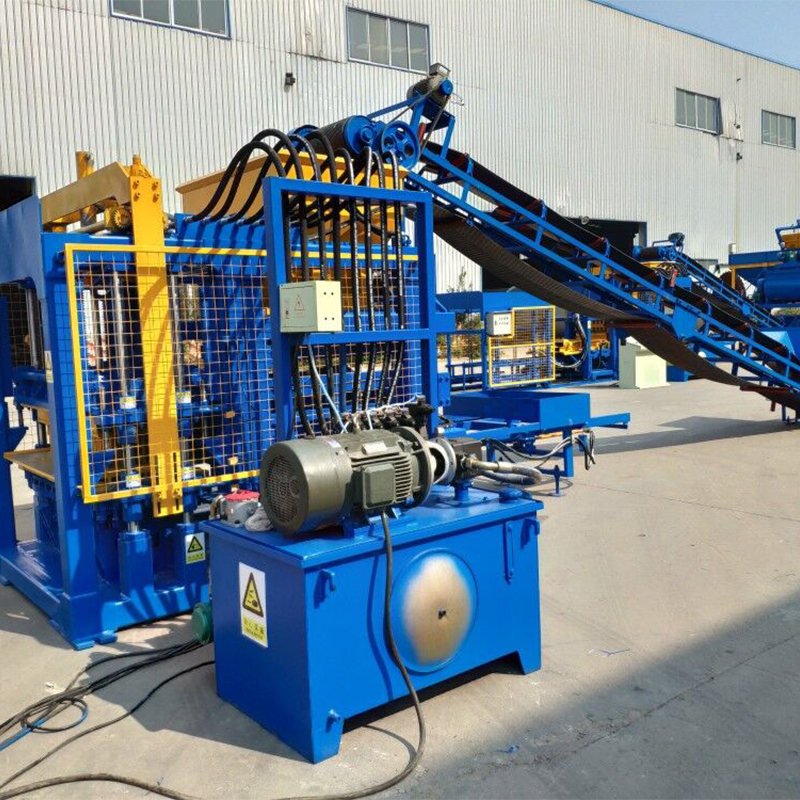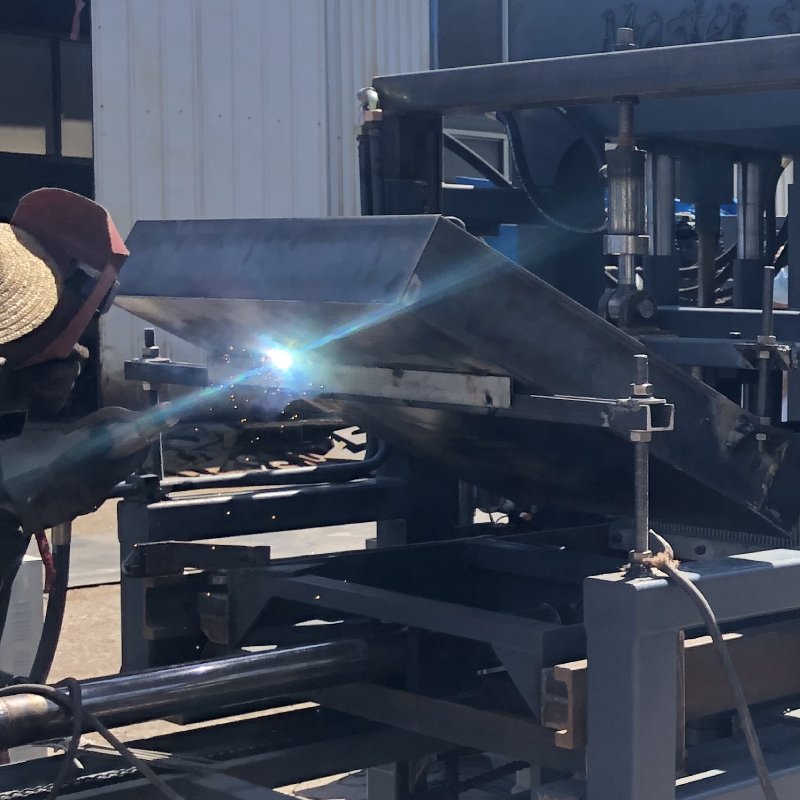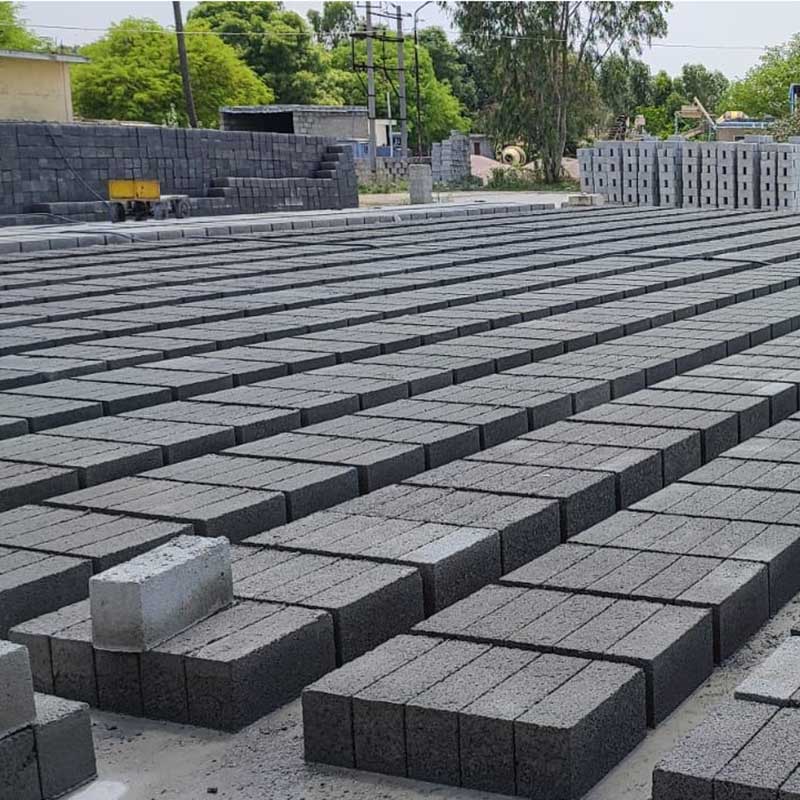
In the evolving landscape of construction technology, semi-automatic clay brick making machines have emerged as a transformative force, offering a unique blend of traditional craftsmanship and automated efficiency. This exploration delves into the opportunities that these machines present, revolutionizing the production of clay bricks and reshaping the construction industry.
The Rise of Semi-Automatic Clay Brick Making Machines
The Essence of Semi-Automatic Clay Brick Making Machines
Semi-automatic clay brick making machines represent a pivotal advancement in the traditional art of brick production. Combining the precision of automation with the artistry of manual craftsmanship, these machines offer a middle ground that addresses the efficiency demands of modern construction while preserving the inherent qualities of clay bricks.
- Efficiency and Precision: Semi-automatic machines streamline the brick-making process, ensuring precision and consistency in size and shape. Automated elements enhance efficiency, reducing manual labor and production time, while still allowing for the hands-on touch that contributes to the distinctiveness of clay bricks.
- Craftsmanship Integration: The semi-automatic nature of these machines allows for the integration of craftsmanship. Skilled artisans can shape and refine the bricks, adding artistic details and ensuring that each brick possesses a unique character. This synthesis of technology and craftsmanship is a hallmark of semi-automatic clay brick making.

Market Opportunities and Economic Advantages
As construction practices evolve, the market opportunities presented by semi-automatic clay brick making machines become increasingly evident. These opportunities span economic, environmental, and technological dimensions, positioning these machines as key players in the construction sector.
- Affordability and Accessibility: Semi-automatic machines offer a cost-effective alternative to traditional brick-making methods. This affordability enhances accessibility, making clay bricks a viable option for a broader segment of the population. This aligns particularly well with the economic realities of developing nations, where cost-effective construction solutions are crucial.
- Versatility in Construction Projects: The versatility of semi-automatic clay brick making machines expands their application across diverse construction projects. From residential buildings to commercial structures and infrastructure developments, these machines can adapt to various architectural styles and construction requirements, providing builders with a flexible solution.
- Local Raw Material Utilization: Many developing economies boast abundant clay deposits, the primary raw material for clay bricks. Semi-automatic machines capitalize on this local availability, reducing transportation costs and contributing to the sustainability of the construction process. The use of locally sourced materials minimizes environmental impact and supports the principles of eco-friendly construction.
Environmental Sustainability and Social Impact
Amid a global shift towards sustainability, the environmental advantages offered by semi-automatic clay brick making machines are pivotal. These machines align with eco-friendly practices, providing a sustainable alternative to conventional building materials.
- Reduced Carbon Footprint: The manufacturing process of semi-automatic clay bricks typically involves lower energy consumption compared to alternative building materials. This results in a reduced carbon footprint, meeting the increasing demand for construction projects to adhere to stringent environmental standards.
- Natural Insulation Properties: Clay bricks inherently possess thermal insulation properties. This characteristic aids in regulating indoor temperatures, reducing the need for artificial heating and cooling systems. In developing economies, where energy costs are a significant concern, the natural insulation of clay bricks becomes a valuable feature.
- Recyclability and Reusability: Semi-automatic clay bricks are often recyclable and can be reused in construction projects. This aligns with the principles of the circular economy, promoting responsible resource use and minimizing construction waste. The recyclability of these bricks contributes to a more sustainable and eco-conscious construction industry.
Technological Advancements and Innovation
The semi-automatic nature of brick manufacturing allows for continuous technological advancements. These innovations enhance efficiency, quality, and overall competitiveness, positioning semi-automatic clay brick making machines as cutting-edge solutions in the construction sector.
- Automation for Precision: Automated elements in the production of semi-automatic clay bricks contribute to precision and consistency in size, shape, and quality. This level of automation ensures that the bricks meet industry standards and are structurally sound, addressing concerns about the long-term viability of construction projects.
- Quality Control Measures: Incorporating technology into the manufacturing process enables robust quality control measures. Each brick undergoes stringent checks to ensure it meets required specifications, enhancing the durability and longevity of structures built with these bricks.
- Capacity for Innovation: The semi-automatic nature of brick manufacturing provides a platform for innovation. Manufacturers can adapt their processes to produce bricks with enhanced structural properties, aesthetic features, or even integrated sustainable technologies, catering to the diverse demands of the market.

Challenges and Strategies for Market Penetration
While the opportunities presented by semi-automatic clay brick making machines are vast, acknowledging and addressing challenges is crucial for successful market penetration.
- Educating Stakeholders: A key challenge lies in educating stakeholders, including builders, contractors, and consumers, about the benefits and applications of semi-automatic clay bricks. Awareness campaigns and targeted marketing efforts play a crucial role in dispelling misconceptions and fostering a deeper understanding of the advantages these bricks bring to the construction process.
